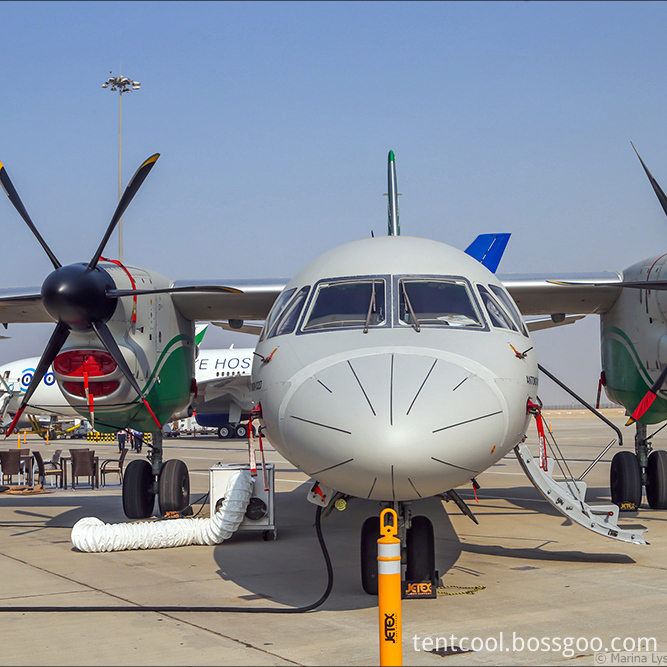In order to obtain the ideal curved teeth, the optimized design by CA. can find the ideal curved teeth and parameters in a short time, and then input into the computer for automated laser cutting, laser cutting is not difficult. The key here is to maintain the original heat treatment state (or little influence) while ensuring a certain surface roughness of the tooth profile. It is different from laser quenching and laser fusing. It must quickly blow off the cut scrap. How to choose and properly combine these parameters to achieve a cutting and forming purpose is exactly where we explore the research. Through a variety of milling cutters, a variety of tooth shape comparison test research, found the best laser cutting process parameters for different specifications of the tooth profile. In addition, in order to make the fuses extremely vaporized and the tooth shape is perfect, we also have the appropriate high-speed high-pressure blowing and Looping cutting. After laser cutting with the process parameters selected by us, the hardness of the tested tooth was maintained at about 63 HRC and the original quenching. The fire hardness is not much different.
The metallographic observation shows that the surface layer (edge ​​area) is a white bright layer which is not easy to corrode. It is composed of small retained austenite mainly composed of hidden martensite and a small amount of complex components. According to common sense, it should be twice. Quenched tissue. But heated by ten laser cutting. Melting, gasification, and cooling are extremely fast, austenite is formed and transformed at an extremely rapid rate, and is quenched in general. The austenite is formed under the high temperature of the fire, so the austenite is fine and the supersaturation is large. The cryptocrystalline martensite is formed in the subsequent rapid cooling, and the matrix structure is still the original treated state, and the hardness is 840HVO. 1 or so, the surface hardness is slightly lower than the core (matrix). It may be due to more residual austenite in the surface layer.
When an aircraft is landed for ground service or maintenance, the confined inner space will need an air conditioner to adjust the temperature.
Tentcool desigened Aircraft Ground Service & Maintenance Air Conditioner helps to supply comfortable air to protect the crews, engineers or the equipment. Remote and harsh environment can be ignored. Large area maintenance shelter can also be like a city office.


Technical Data:
Model
No.
TTAC-07HCWa
TTAC-12HCWaS
TTAC-18HCWaS
TTAC-40HCWaS
TTAC-70HCWaS
Type
Vertical
Vertical
Vertical
Horizontal
Horizontal
Cooling capacity
kW
7.00
12.00
18.00
40.00
70.00
Heating capacity
kW
7.70
13.50
19.50
45.00
77.00
Electric Heating
kW
3.00
4.00
6.00
8.00
15.00
Rated cooling power input
W
2550
4150
7000
17500
30200
Rated heating power input
W
2650
4450
8500
18500
31400
Rated cooling current input
A
12.2A
7A
11.7A
29.5A
51.1A
Rated heating current input
A
12.7A
7.5A
13.2A
31.2A
53.0A
Evaporating side airflow
m3h
1000
2000
3000
5500
5500
Condensing side airflow
m3h
3500
5000
10000
22000
22000
Air pressure
Pa
200
200
200
200
200
Compressor MFG
GMCC
PANASONIC
PANASONIC
PANASONIC
PANASONIC
Evaporating side Noise
dB(A)
≤40
≤45
≤48
≤52
≤52
Condensing side Noise
dB(A)
≤55
≤60
≤65
≤70
≤72
Net Weight
kg
125
200
260
380
780
Dimension (L x W x
H))
mm
740*620*1120
835*735*1275
930*850*1380
2100*1100*1210
2800*2100*1210
Aircraft Ground Service & Maintenance Air Conditioner
Aircraft Ground Service & Maintenance Air Conditioner, Airplane parking Air Conditioner, Aircraft Hangar Air Conditioner, Airport Service Air Conditioner
Taizhou Tentcool Electrical Appliance Co., Ltd. , http://www.tentcool.com
![<?echo $_SERVER['SERVER_NAME'];?>](/template/twentyseventeen/skin/images/header.jpg)